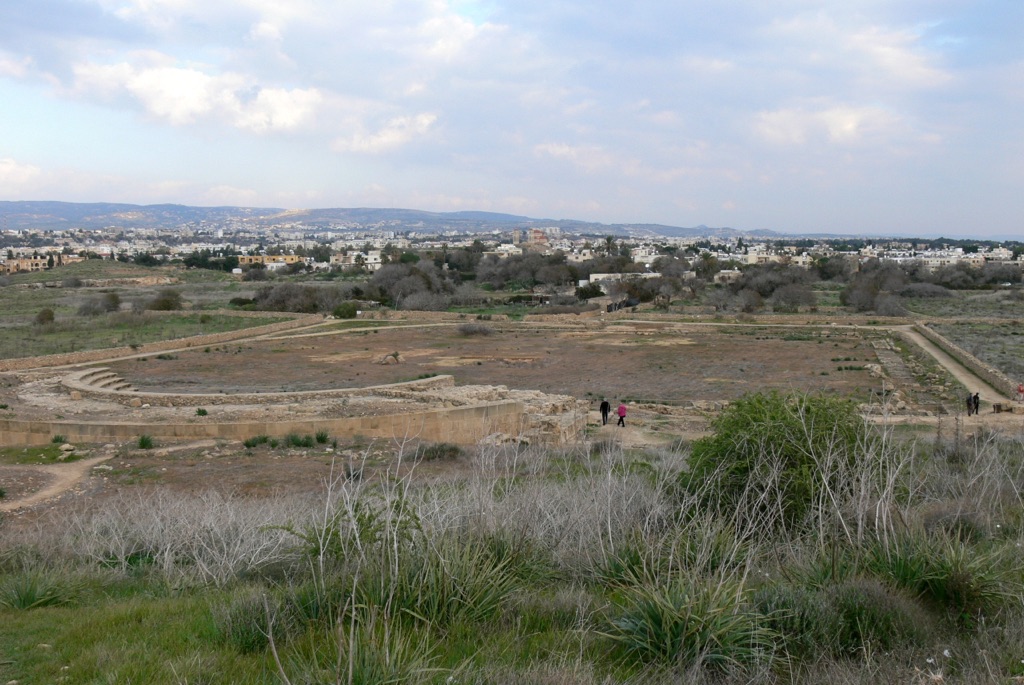Paphos Agora: A Historical Overview
The Paphos Agora is a historical site located in Paphos, Cyprus. This archaeological site is known for its large market square, which was a bustling center of commerce and social interaction during ancient times. The Agora, which means ‘marketplace’ in Greek, was built during the Hellenistic period and was in use until the Byzantine era. The ruins of the Paphos Agora provide valuable insights into the ancient civilizations that once thrived in this region and their ways of life.
Get your dose of History via Email
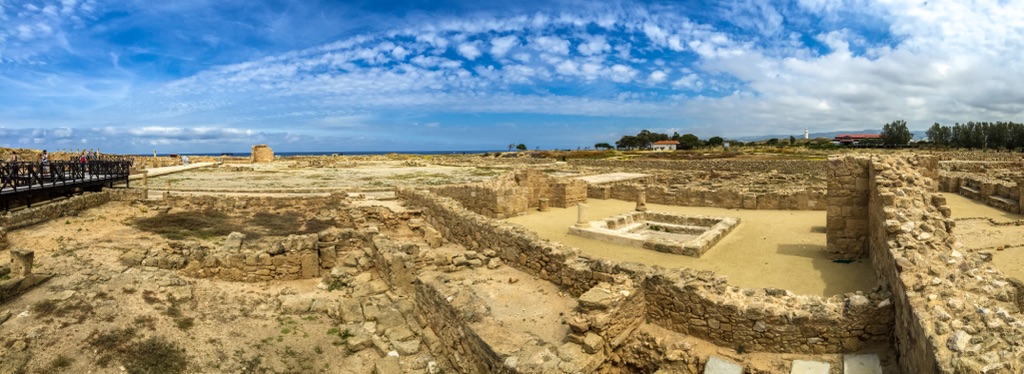
What is the historical significance of Paphos Agora and what civilizations have used it?
The Paphos Agora holds significant historical importance as it provides a glimpse into the past. The Agora was the heart of the ancient city, a place where people gathered not only for trade but also for social, political, and religious activities. The presence of numerous public buildings around the Agora signifies its importance in the civic life of ancient Paphos.
The civilizations that used the Paphos Agora were primarily the Greeks and the Romans. The Greeks established the Agora during the Hellenistic period, which was then continued by the Romans when they took over Cyprus. The Agora was also used during the Byzantine era, albeit to a lesser extent.
For the Greeks, the Agora was a central point of their city-states. It was a place where citizens would gather for a variety of purposes, including commerce, politics, and socializing. The Romans, on the other hand, used the Agora as a marketplace and a venue for public speeches and announcements.
The Byzantines used the Agora in a different way. By this time, the Agora had lost some of its former glory, but it was still used as a marketplace. However, the focus had shifted more towards trade and less towards social and political activities.
The Paphos Agora, therefore, stands as a testament to the evolution of public spaces throughout different civilizations and periods. Its ruins tell the story of how these civilizations used public spaces and how these uses changed over time.
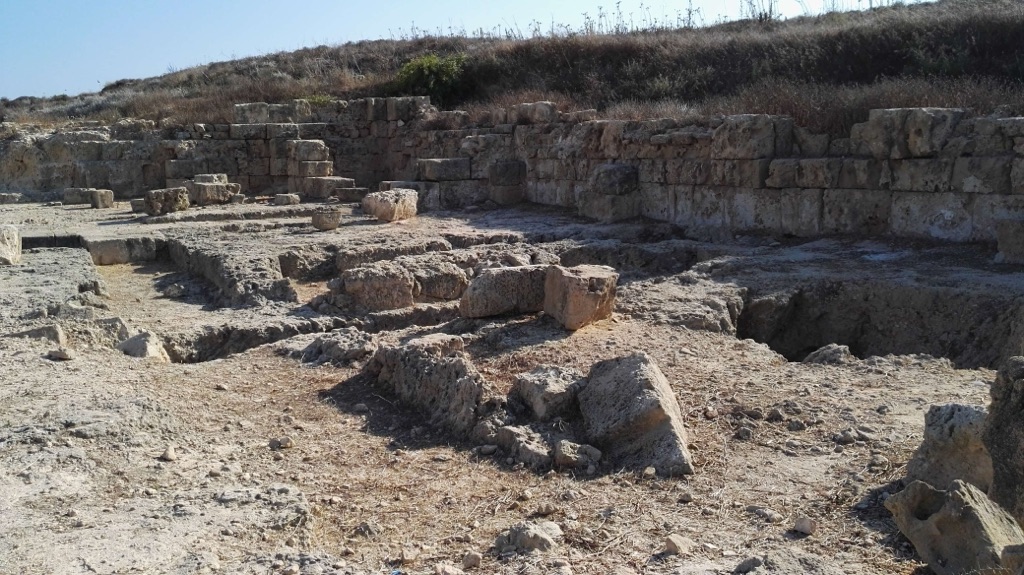
What is the historical significance of Paphos Agora and what civilizations have used it?
Continuing from the previous section, the Paphos Agora is a site of great historical significance. Its historical importance is not only tied to its function as a marketplace but also to its role as a social and political hub. The Agora was a place where citizens could engage in discourse, exchange ideas, and participate in the democratic process.
The civilizations that used the Paphos Agora, primarily the Greeks and Romans, left their mark on the site. The architecture of the Agora, with its colonnaded walkways and central square, reflects the aesthetic sensibilities and architectural prowess of these civilizations.
The Greeks, who were the first to establish the Agora, used it as a central gathering place. The Agora was integral to the functioning of the Greek city-state, serving as a venue for political debates, legal proceedings, and religious ceremonies.
The Romans, who took over from the Greeks, continued to use the Agora as a marketplace and a venue for public speeches. However, they also added their own touch to the site, constructing new buildings and making modifications to existing structures.
The Byzantines, who used the Agora in the later stages of its existence, primarily used it as a marketplace. Despite the changes in its use, the Agora remained a vital part of the city’s life throughout these different periods.
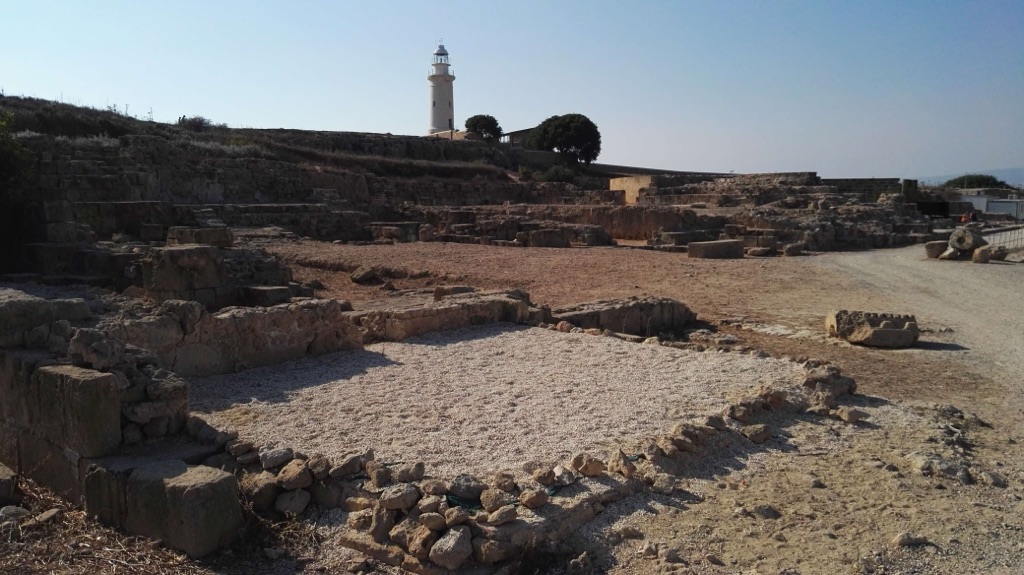
What is the historical significance of Paphos Agora and what civilizations have used it?
The Paphos Agora is a symbol of the historical evolution of Paphos and the civilizations that have shaped its history. Its significance lies in its ability to provide a tangible link to the past, allowing us to understand the social, economic, and political dynamics of the ancient world.
The Greeks, Romans, and Byzantines, who used the Agora, each left their unique imprint on the site. The Agora, therefore, is a reflection of the cultural and architectural influences of these civilizations.
The Greeks, who established the Agora, used it as a venue for various activities, including commerce, politics, and social gatherings. The Agora was a crucial component of the Greek city-state, facilitating interaction and discourse among its citizens.
The Romans, who took over the Agora from the Greeks, continued to use it as a marketplace and a venue for public speeches. They also made alterations to the site, reflecting their architectural style and functional requirements.
The Byzantines, despite the decline of the Agora, continued to use it as a marketplace. Their use of the Agora is indicative of the economic focus of the Byzantine period.
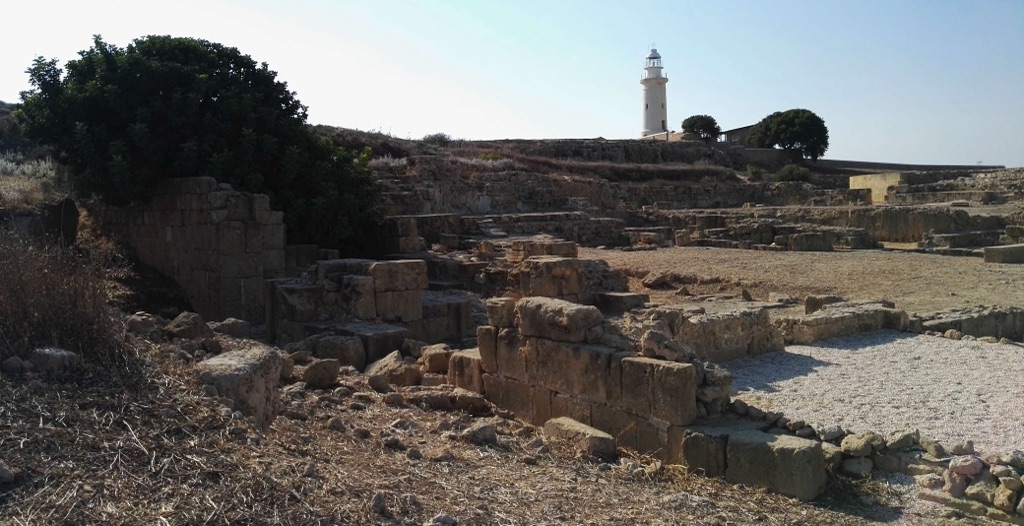
What is the historical significance of Paphos Agora and what civilizations have used it?
The Paphos Agora is a significant historical site that offers a window into the past. Its ruins provide a glimpse into the lives of the ancient civilizations that used it, revealing their social structures, economic systems, and political ideologies.
The Greeks, Romans, and Byzantines, who used the Agora, each utilized it in ways that reflected their unique cultural and societal norms. The Agora, therefore, serves as a historical record of these civilizations and their ways of life.
The Greeks, who were the first to establish the Agora, used it as a central gathering place for commerce, politics, and social activities. The Agora was a key component of the Greek city-state, facilitating interaction and discourse among its citizens.
The Romans, who inherited the Agora from the Greeks, continued to use it as a marketplace and a venue for public speeches. They also made modifications to the site, reflecting their architectural style and functional needs.
The Byzantines, despite the decline of the Agora, continued to use it as a marketplace. Their use of the Agora is indicative of the economic focus of the Byzantine period.
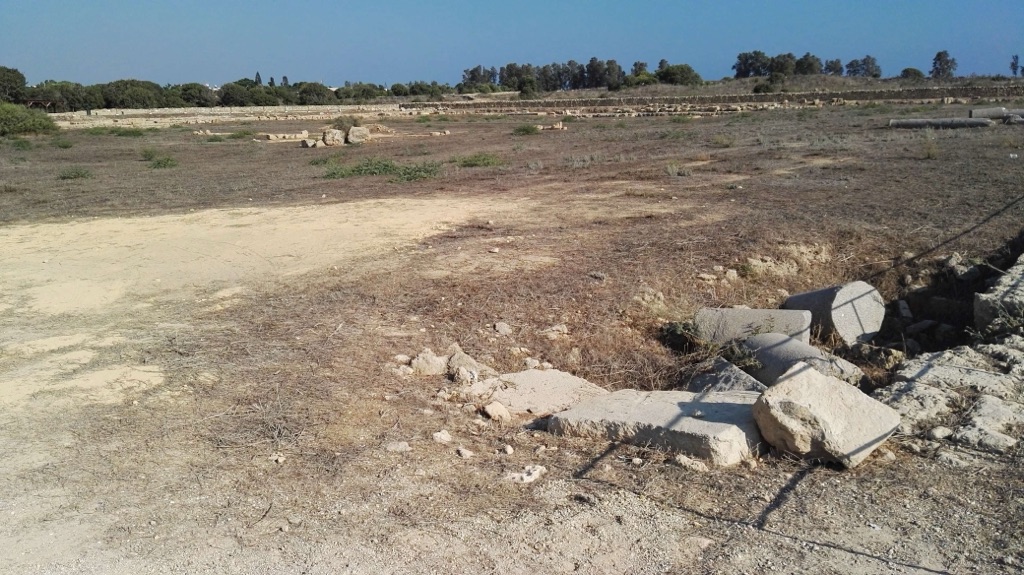
What are some of the key archaeological discoveries that have been made at Paphos Agora?
The Paphos Agora has yielded numerous archaeological discoveries that have shed light on the civilizations that used it. These discoveries include architectural remains, inscriptions, statues, pottery, and coins, among others.
The architectural remains found at the Agora include colonnaded walkways, public buildings, and shops. These structures provide insights into the architectural styles and urban planning strategies of the Greeks, Romans, and Byzantines.
Inscriptions found at the Agora provide valuable information about the social and political life of the ancient city. They reveal details about the city’s administration, legal system, and religious practices.
Statues and pottery discovered at the Agora provide insights into the artistic sensibilities and cultural practices of the ancient civilizations. They reveal details about the aesthetic preferences, religious beliefs, and daily life of the people.
Coins found at the Agora provide information about the economic activities and trade relations of the ancient city. They reveal details about the city’s economy, trade routes, and monetary system.
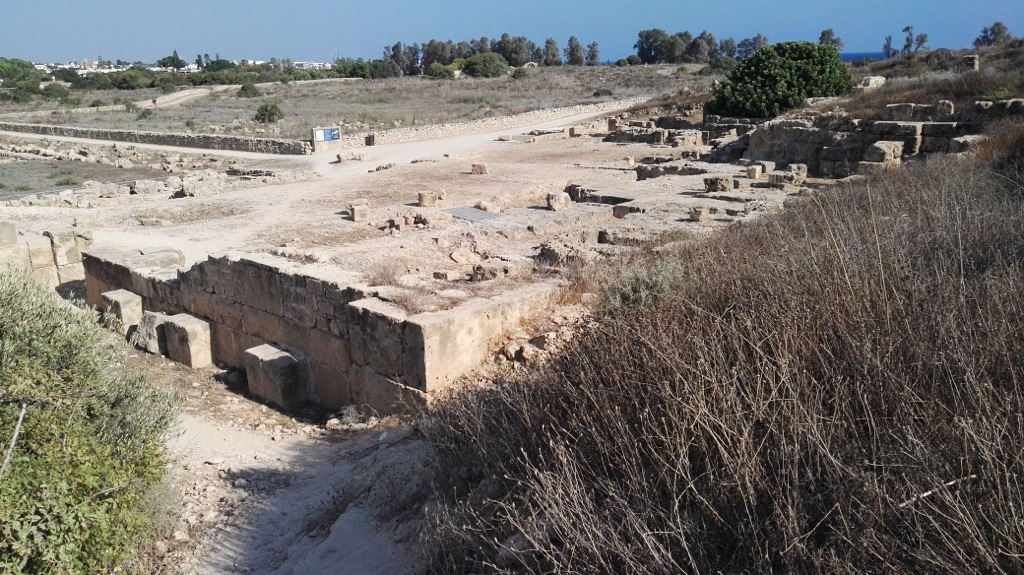
Conclusion and Sources
In conclusion, the Paphos Agora is a significant historical site that provides valuable insights into the civilizations that used it. Its ruins and the archaeological discoveries made there offer a tangible link to the past, allowing us to understand the social, economic, and political dynamics of the ancient world.
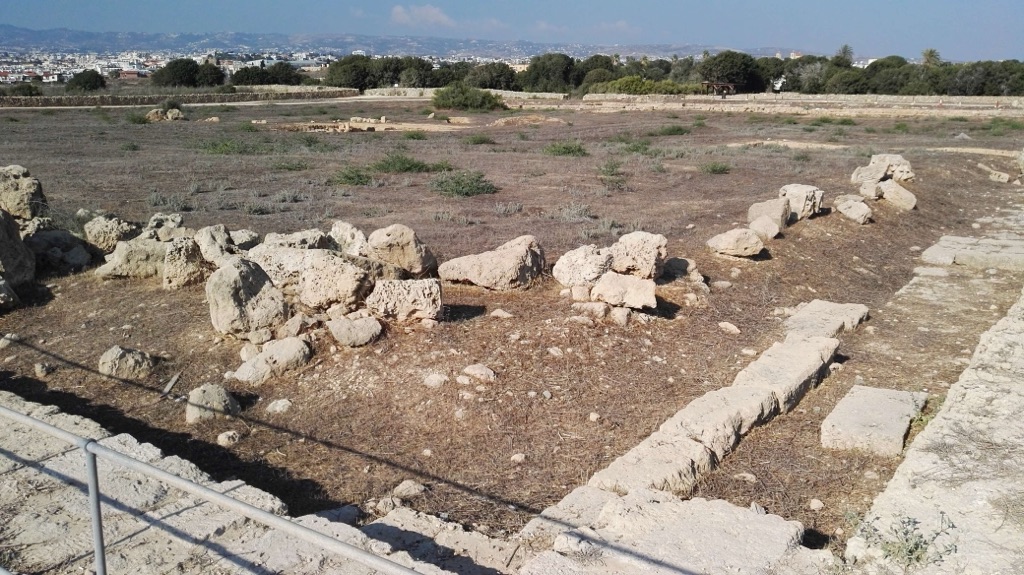
For further reading and to validate the information provided in this article, please refer to the following sources:

